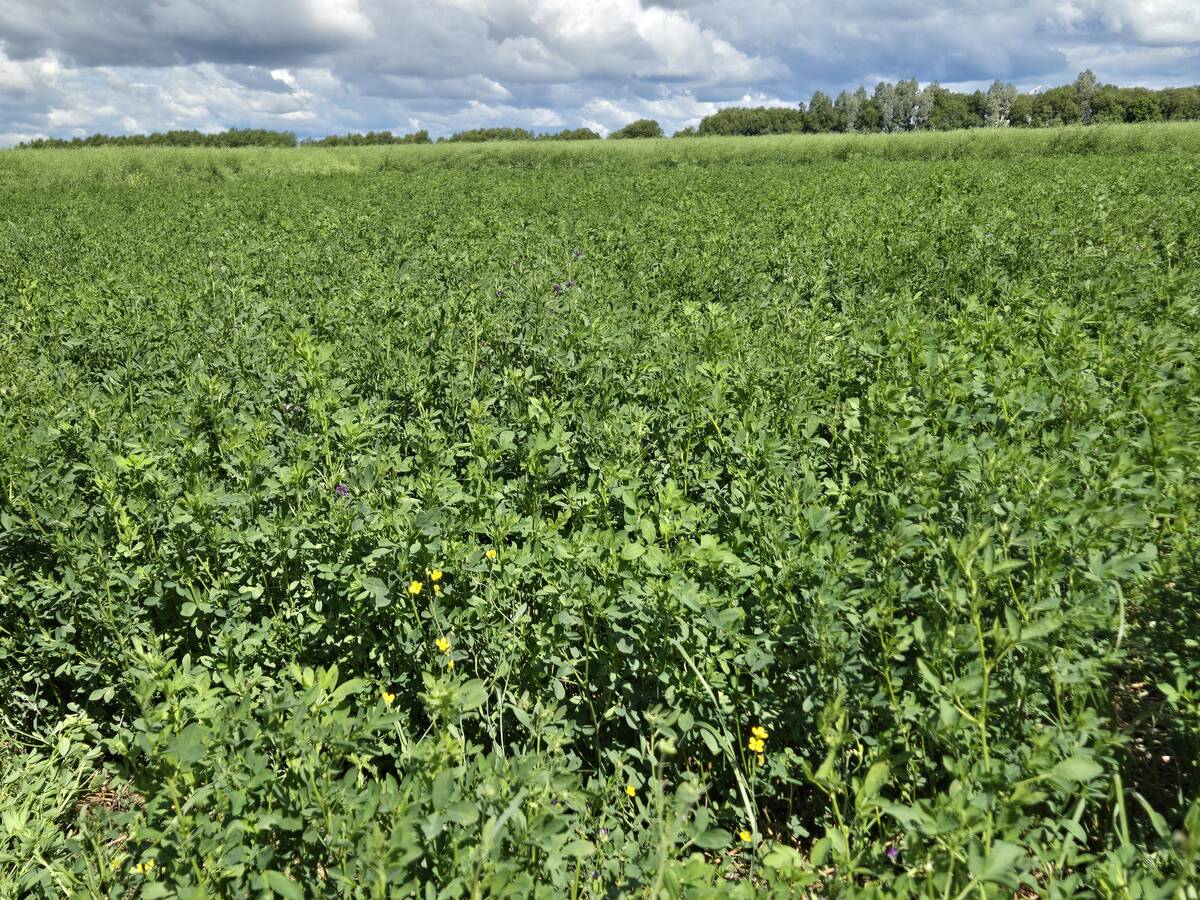Federal researchers say they now have a better grasp on the disease and don’t have to conduct surveys every year
RED DEER — After four years of surveying pea and lentil crops for root rot, Agriculture Canada is ending the annual checks so it can focus more on research.
Syama Chatterton, a plant pathology research scientist with Agriculture Canada, told producers Jan. 10 that the surveys were ending because researchers now have a better grasp of the problem.
She spoke at Alberta Agriculture’s Agronomy Update conference in Red Deer, providing farmers with an update on pulse diseases in the province.
“The problem we’re seeing in pea and lentil fields is that there are different root rot pathogens forming together and that pathogen affects the root,” Chatterton explained. “It can do a lot of damage to roots, and we see that carry over to yield.”
Read Also

Manitoba Parkland research station grapples with dry year
Drought conditions in northwestern Manitoba have forced researchers at the Parkland Crop Diversification Foundation to terminate some projects and reseed others.
She said pathogens were more detrimental for yields in areas experiencing wet conditions. In dry areas the pathogen affects roots but has little to no effect on yield.
However, researchers need to do more work to understand why this is. They also need to better understand how the pathogens function in the soil and how their spore loads spread. Once they do, they’ll develop better management tools for farmers and, in the long run, they could look at developing resistant varieties.
“We’re still trying to guess what’s going on,” Chatterton said. “That is what’s difficult about this disease.”
D’Arcy Hilgartner, board chair of the Alberta Pulse Growers Commission who farms near Camrose, said while seed treatments can help manage root rot, they only work to a certain degree.
“It’s complex and there’s not an easy solution,” he said. “Our long-term goal is to get a variety with genetic resistance but, in the interim, we need to figure out the best management practices to help producers deal with this.”
Research will be key in getting to the bottom of it, he added.
“Research is a focus for us,” he said. “We’re optimistic we’ll get a long-term solution.”
The surveys won’t totally end, either.
Chatterton said a funding proposal is currently under review that would let surveys happen every three or four years. This way, researchers will still be able to get a sense of what’s changing on farms.
“They’ll be longer snapshots of what’s happening,” she said. “They’ll still be good indicators.”
As well, she said the surveys were quite a bit of work to do.
“It’s takes a lot of resources to get through those surveys for the amount of information we get,” Chatterton said. “It takes up six months of the year.”
Hilgartner said the surveys won’t be needed as frequently.
“The surveys right now aren’t really providing any new information,” he said. “We have to learn more about the pathogens themselves.”


















